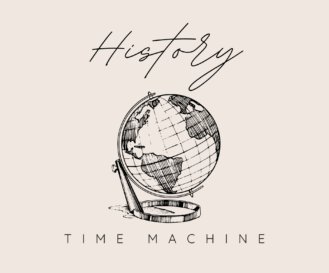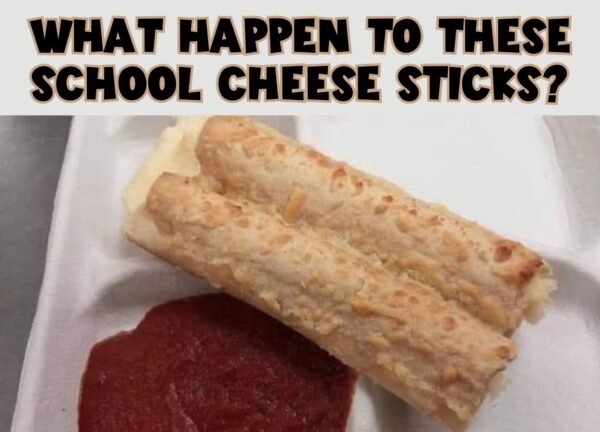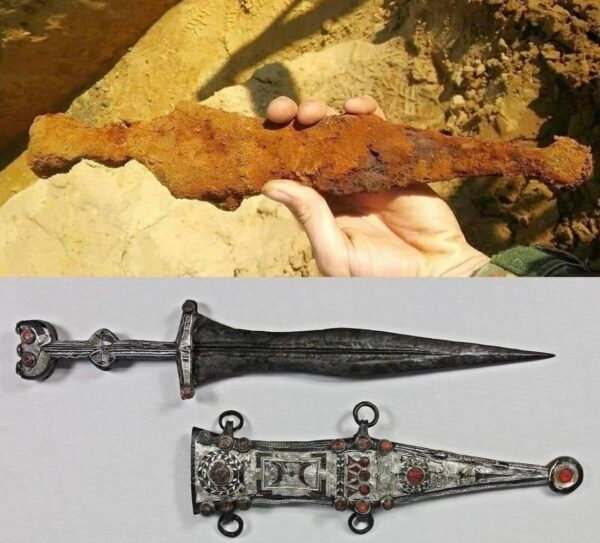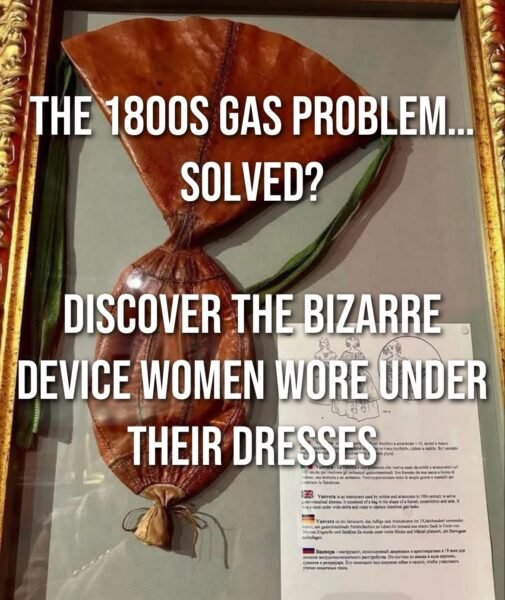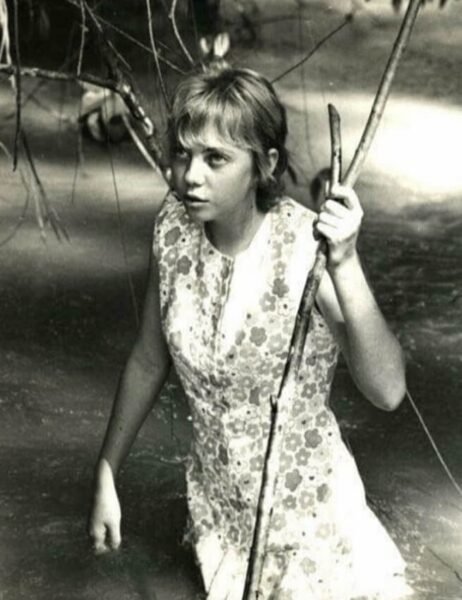
What Was Gas Rationing in World War II?
Imagine waking up tomorrow and being told you can’t drive your car unless you’ve got the right sticker on your windshield—and even then, you’re only allowed so many miles a week. That’s exactly what Americans dealt with during gas rationing in World War II, starting in 1942.
Gas wasn’t in short supply in the U.S., surprisingly. We had oil. But what we didn’t have was rubber—and rubber was a wartime goldmine. The government knew that keeping tires intact and cutting down on unnecessary driving would make a big difference in the war effort. So, they put strict limits on gasoline to reduce wear and tear on tires and to save fuel for military vehicles overseas.
Every American—young, old, rich, poor—felt it. From city dwellers to farmers, life changed overnight. Daily commutes, weekend drives, even grocery runs had to be carefully planned. You couldn’t just hop in the car and go.
It was one of the clearest examples of how life on the home front became a direct support system for soldiers fighting abroad. Folks weren’t just waving flags—they were tightening belts, cutting corners, and rationing fuel to help win a war.

Why Was Gasoline Rationed in the First Place?
At first, most people didn’t understand it. We weren’t out of gas. But the truth was, gas rationing during World War IIwasn’t just about conserving fuel—it was about controlling transportation and managing the war supply chain. It had more to do with rubber than anything else.
Japan had seized control of most of the world’s rubber supply early in the war. And without rubber? No new tires. So, the U.S. government stepped in with a simple plan: If people drove less, their tires would last longer. Rationing gas was the fastest way to make that happen.
Here’s how the strategy broke down:
- Gas was limited to essential trips—work, medical needs, farming
- Tires couldn’t be replaced easily, so extending their life was key
- The military needed rubber for tanks, trucks, and planes—way more than civilians
- Carpooling became strongly encouraged, especially for factory workers
- Rubber drives were organized, where kids and families donated old tires, hoses, and even raincoats
Even though Americans grumbled (as we do), they got on board. Patriotism ran deep, and people were willing to do their part—even if it meant giving up the freedom of the open road.
For a good example of how rural life adjusted during this time, check out Life in the Missouri Ozarks 1940. Those families were already used to making do with less, and they adapted quickly when the war effort called.

How Did Gas Rationing Actually Work?
When gas rationing hit during World War II, it wasn’t just a free-for-all. The government rolled out a full system that depended on stickers, stamps, and strict rules. You couldn’t just show up at a station and fill ‘er up. You needed permission—literally.
Every car got a gas ration sticker, placed on the windshield, and a corresponding ration book filled with stamps. Your sticker told the world how much gas you were allowed, and it looked something like this:
- A Sticker – The most common. Got you about 3–4 gallons a week.
- B Sticker – For essential workers, like factory employees or hospital staff.
- C Sticker – For clergy, police, or other critical roles.
- T Sticker – Reserved for truckers and delivery drivers.
- X Sticker – For VIPs and government officials. That’s right, even in war, some folks had perks.
If you ran out of stamps, that was it—you walked or stayed home. Gas stations had to record your purchases and collect your stamps. Trying to cheat the system was a federal offense.
And yes, people tried to find loopholes. Some bought gas on the black market. Others “borrowed” stamps from friends. But most Americans played by the rules, because they understood the bigger picture.
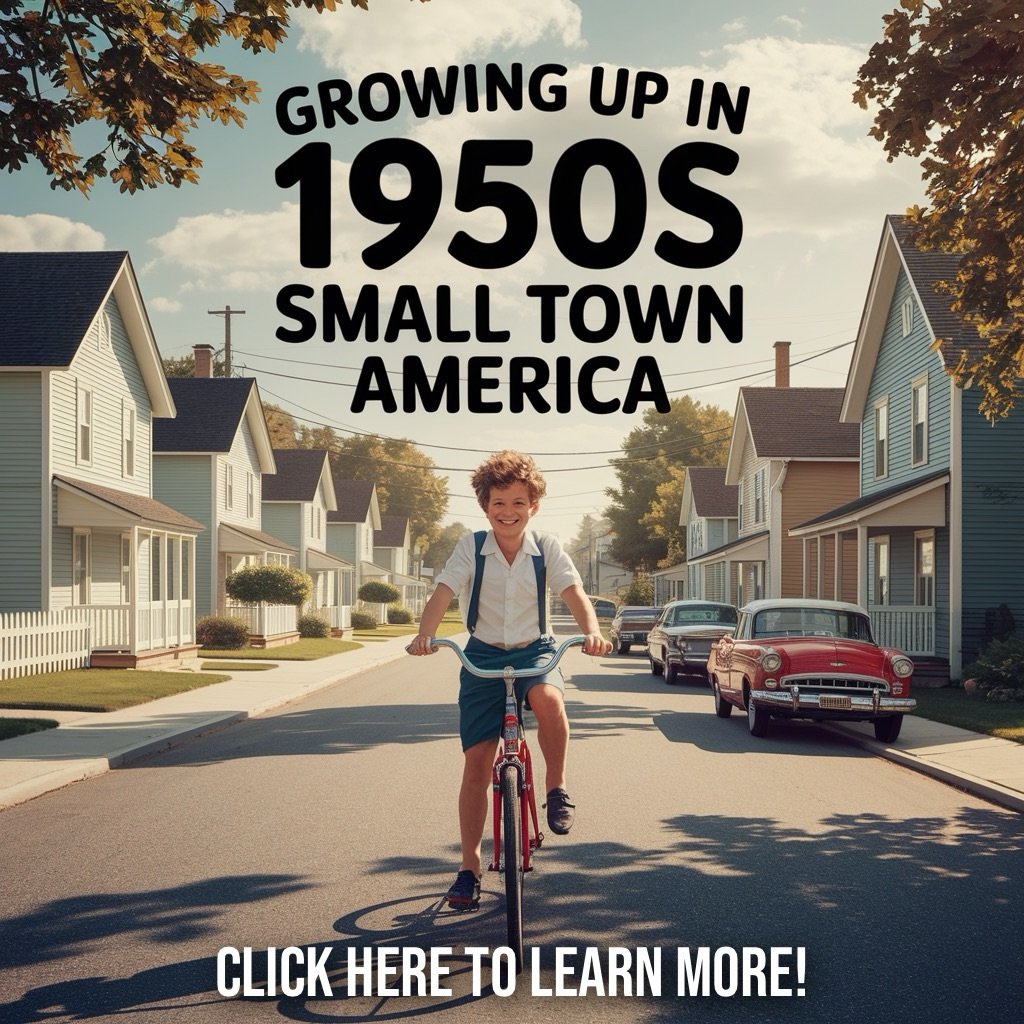
What Else Was Rationed During WWII?
Gas wasn’t the only thing rationed. Life during gas rationing in World War II also meant limited access to all sorts of everyday essentials. The government wanted to ensure that everyone got a fair share—and that the military always came first.
Here’s what else hit the ration list:
- Sugar – one of the first items to be rationed
- Meat and cheese – especially beef and butter
- Coffee – limited to one pound every five weeks
- Shoes – only a few pairs per person each year
- Canned goods and processed foods
You’d walk into a grocery store with your ration book, not a long shopping list. If you didn’t have the right coupons or stamps? No meatloaf tonight.
Even kids got in on the effort—collecting scrap metal, rubber bands, and cooking fat to help the war industries. It became a point of pride to make do with less.
And that spirit of sacrifice? You can feel it in other snapshots from the era, like the Boats of WWII—massive vessels built on the backs of ordinary folks who gave up tires, fuel, and butter to keep them floating.

How Did People Get Creative During Gas Rationing?
When gas rationing in World War II tightened the reins, Americans got scrappy. If there’s one thing we’re good at, it’s figuring out how to bend without breaking. And that’s exactly what people did—finding smart, sometimes quirky ways to stretch their limited gas.
Here’s how folks made it work:
- Carpooling clubs popped up in towns and cities—neighbors rode together to work, church, or the market
- Biking became more common, especially for short errands or getting to school
- Public transportation usage skyrocketed—buses were packed, and routes were expanded
- Horses and wagons made a comeback in rural areas
- Walking—lots and lots of walking, especially for kids and local errands
Even big companies got in on it. Businesses started staggering work hours to ease congestion and keep traffic flowing with fewer cars on the road. Farmers worked together to make supply runs, and families got really good at planning every trip down to the mile.
It was a national mindset: “Don’t waste a drop.” And while some people complained (naturally), most leaned into it. It wasn’t just about saving gas—it was about contributing to something bigger than yourself.

What Did Ration Books and Gas Stamps Look Like?
If you’ve never held a WWII ration book, it’s worth finding one online just to see how real and personal this whole system was. Every American—men, women, and children—had one. And when it came to gas rationing World War II, those little stamps were your golden ticket.
Here’s what ration materials typically included:
- Ration booklets – Pocket-sized, with your name printed right on them
- Gas stamps – Color-coded and marked with expiration dates
- Stickers – Placed on your car’s windshield to signal your ration level
- Registration cards – Often required to prove your eligibility for a certain sticker type
- Instruction sheets – Guidelines on how to use stamps and what was allowed
The stamps couldn’t be reused. They were often torn from the book in front of the seller and had to match the item being purchased. Some families kept unused ration books as keepsakes—symbols of sacrifice and resilience.
These little pieces of paper tell a big story. You’ll find that same kind of visual time travel in pieces like The First Delivery of Coca-Cola to Knoxville in 1919—where small moments captured on paper or in photos give you a peek into a completely different world.
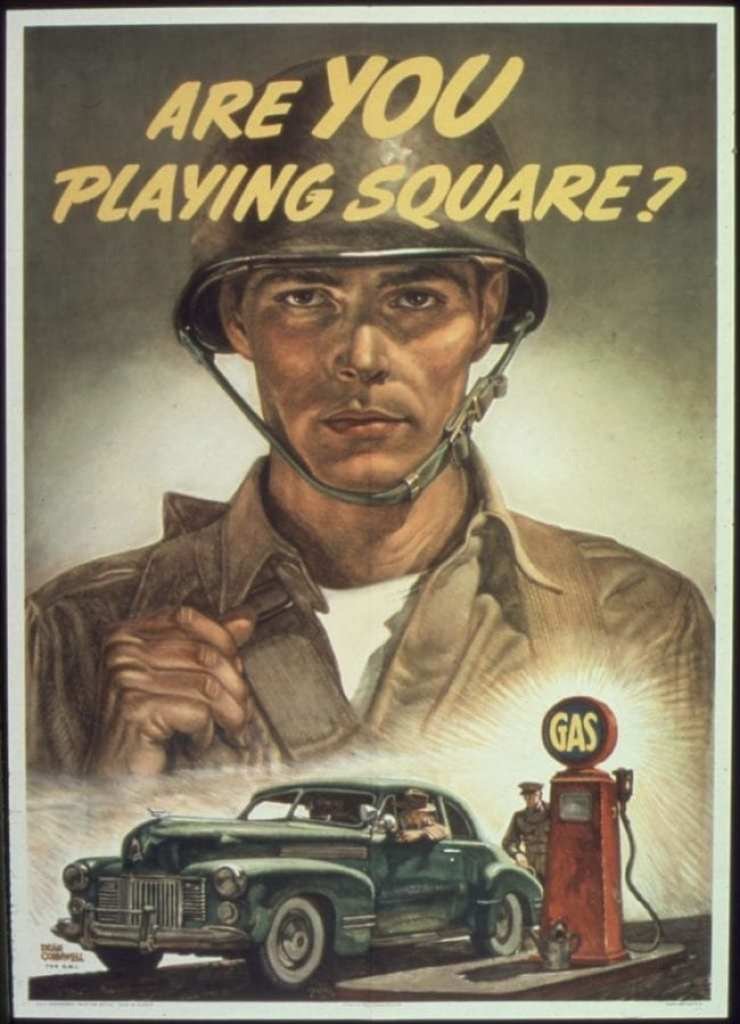
How Did Gas Rationing Affect Daily Life?
Gas rationing wasn’t just a line at the pump—it changed how people lived every single day. For folks in World War II small towns, it meant shorter trips, fewer errands, and sometimes missing out altogether. And in bigger cities? It meant rearranging your whole routine.
Here’s how everyday life shifted:
- Grocery shopping became a weekly, carefully planned event
- Vacations and road trips were nearly non-existent
- Delivery drivers and milkmen were lifelines for families
- School events and sports had lower turnout due to travel limitations
- Social visits happened more locally—across the street instead of across town
Moms learned to combine multiple errands into one trip. Dads tried to conserve mileage by sharing cars or using bikes. Even kids pitched in—offering to walk to the store instead of riding along. It was an adjustment for everyone.
And yet, people made it work. Articles like A Day in the Life of a 1950s Milkman highlight how delivery services were more than just convenient—they were essential. Without milkmen, folks in rationed areas wouldn’t have gotten half their daily groceries.

What Can We Learn From Gas Rationing in World War II?
Looking back, gas rationing World War II wasn’t just about fuel. It was about values—discipline, cooperation, and sacrifice. And let’s be honest, in today’s world of instant everything, those values hit a little different.
Here’s what we can take from it:
- We’re more resilient than we think—Americans adapted fast
- Community support matters—people looked out for each other
- Less can be more—cutting back didn’t kill happiness
- Every small choice adds up—even a few miles saved helped the war
- Sacrifice is powerful—and sometimes necessary for the greater good
That kind of mindset—“we’re in this together”—defined the home front during WWII. It’s something we don’t see as often now, but it’s still worth striving for.
Want a real glimpse at what that American spirit looked like? Take a look at The Boats of WWII. Every gas stamp, every skipped trip, every rationed meal—it all supported the bigger fight across the ocean.
Gas rationing in World War II might seem like a thing of the past, but the lessons it left behind? They’re still worth remembering.
As an Amazon Associate we earn from qualifying purchases through some links in our articles.
